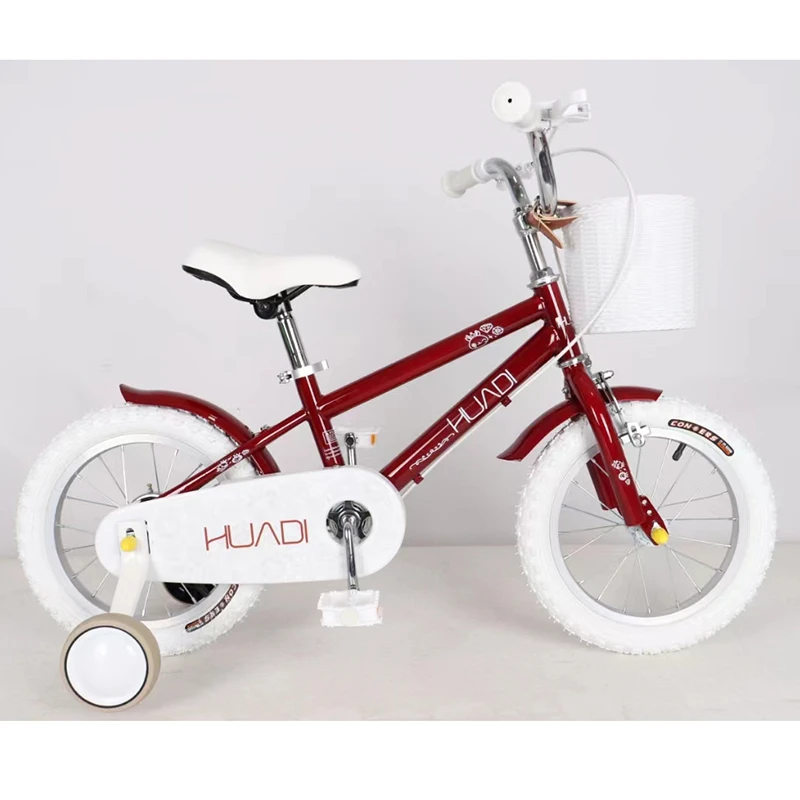childrens balance bike
The Importance of Balance Bikes for Children's Development
In recent years, balance bikes have surged in popularity among parents and children alike. These simple yet effective two-wheeled vehicles provide an excellent introduction to the world of cycling for young children, typically aged between 18 months and 5 years. Unlike traditional bicycles, balance bikes do not have pedals. Instead, children propel themselves forward using their feet while learning to balance. This innovative design offers numerous benefits for children, making balance bikes an essential tool in early childhood development.
Developing Balance and Coordination
One of the most significant advantages of balance bikes is their ability to help children develop balance and coordination skills. Learning to ride without the complication of pedals allows children to focus on balance first. They can push off the ground with their feet, gain momentum, and practice steering without the fear of falling over. This early exposure to balancing on two wheels builds confidence and prepares them for a seamless transition to traditional bicycles when they are ready.
Boosting Physical Activity
In an age where screens dominate much of children’s playtime, balance bikes encourage outdoor physical activity. As children ride their balance bikes, they engage in exercise that enhances their cardiovascular health, strengthens their muscles, and improves overall fitness. The activity also fosters a sense of adventure and exploration; children are naturally curious, and riding around their neighborhoods or parks allows them to discover and interact with their environment in a fun and energetic way.
Enhancing Social Skills
Balance bikes can also provide a platform for children to interact and form friendships. Whether at the park or in the neighborhood, children often ride their bikes in groups. This shared activity allows them to engage in social interactions, learning to cooperate, take turns, and share the space with others. Such experiences are invaluable for developing social skills and emotional intelligence, as children navigate friendships, learn to communicate, and understand the importance of teamwork.
childrens balance bike

Building Confidence and Independence
As children master the skill of riding a balance bike, they experience a significant boost in self-esteem and independence. The ability to control their movement and navigate different terrains provides a sense of accomplishment. Each small victory, whether it’s gliding down a slight hill or making a precise turn, reinforces their confidence. This newfound autonomy can translate to other areas of their lives, encouraging them to tackle new challenges with a positive mindset.
Safe Learning Environment
Balance bikes also offer a safer environment for children to learn the basics of cycling. The low center of gravity and lightweight design make it easy for children to manage their bikes. If they do lose their balance, they can quickly put their feet down to avoid falling. This safety feature reduces the fear associated with learning to ride, allowing them to enjoy the learning process without anxiety.
Choosing the Right Balance Bike
When selecting a balance bike for a child, parents should consider factors such as the bike's weight, frame material, and adjustability. It's crucial that the bike fits the child properly, allowing them to place their feet flat on the ground while seated. Starting with the right size ensures a more comfortable and confident riding experience.
In conclusion, balance bikes are more than just a fun mode of transportation; they are a critical tool for fostering essential life skills in children. By promoting balance, coordination, physical activity, social interaction, confidence, and safety, balance bikes offer a holistic approach to child development. As parents seek ways to encourage their children’s physical and social growth, a balance bike proves to be an excellent choice that will serve them well in their early years and beyond. Investing in a balance bike could be one of the best decisions for nurturing a child's love for cycling and active play.
-
kids-scooter-tiny-olympic-games-scooterathlonNewsAug.22,2025
-
kids-scooter-waves-xingtai-zhongzhous-global-rippleNewsAug.22,2025
-
baby-tricycle-oem-legacy-zhongzhou-forgedNewsAug.22,2025
-
xingtais-twin-tricycle-revolution-siblings-ride-togetherNewsAug.22,2025
-
baby-tricycle-design-inspired-by-ancient-armorNewsAug.22,2025
-
nfc-chip-enabled-oem-baby-tricycle-trackingNewsAug.22,2025
-
The Perfect Baby TricycleNewsAug.11,2025








